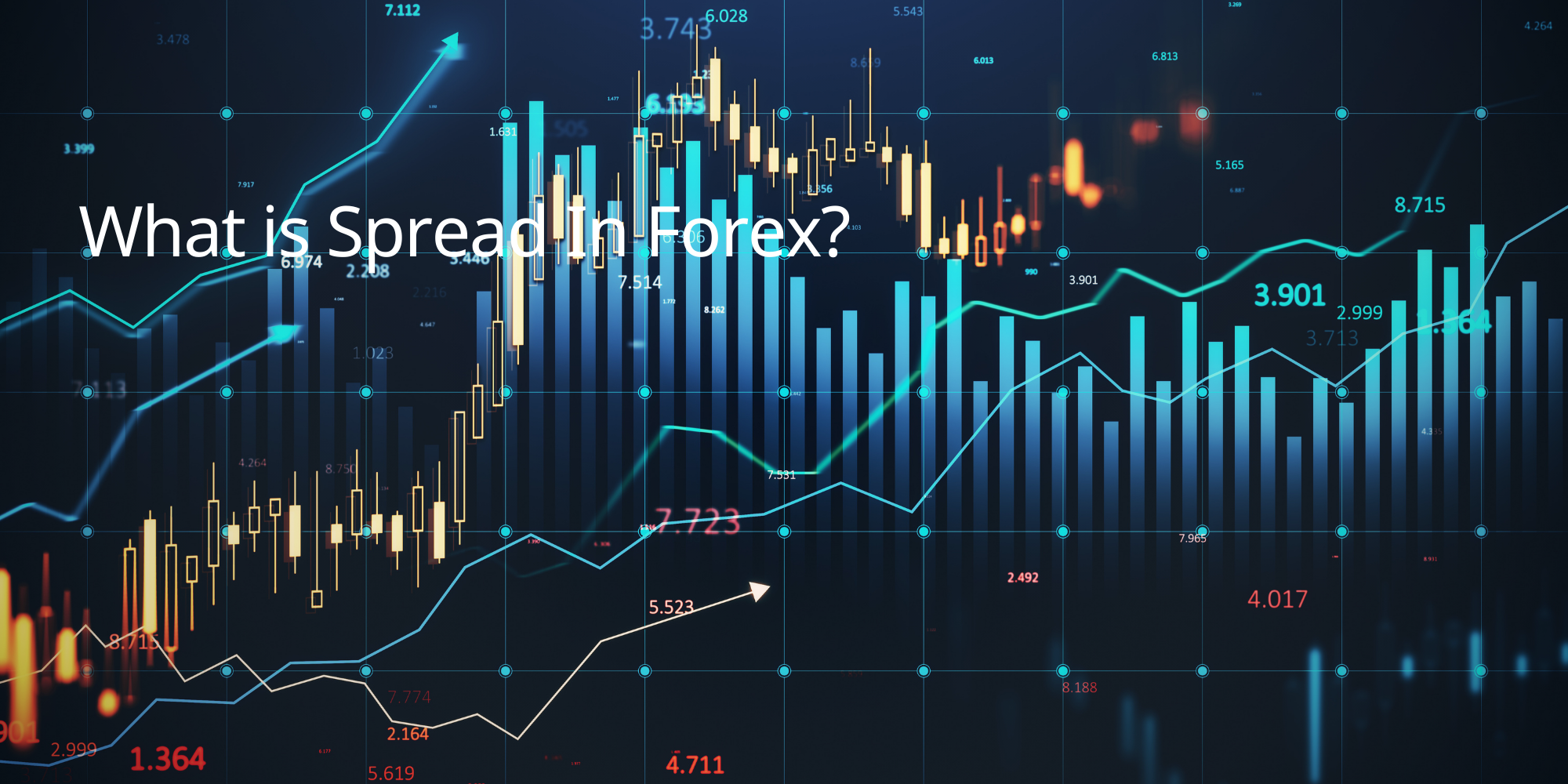Introduction
Scalping is a popular forex trading style focused on executing rapid trades to capture small profits from frequent price movements. It demands a strong grasp of market dynamics, quick decision-making, and disciplined risk management.
This in-depth guide from TradeSmart breaks down the fundamentals of scalping. You’ll learn:
- What scalping is and how it works
- The traits and habits of successful scalpers
- Essential tools, strategies, and indicators for scalping
- How to manage risk while trading at high speed
Whether you’re new to trading or an experienced investor seeking a high-frequency strategy, understanding the mechanics of scalping can give your trading performance a serious edge. With TradeSmart’s advanced platforms like MetaTrader 4 (MT4) and MetaTrader 5 (MT5), ultra-tight spreads, and lightning-fast execution, you’re fully equipped for success.
What is Scalping in Forex?
Scalping is a fast-paced trading style that aims to profit from small price changes in the forex market. Scalpers make numerous trades throughout the day, holding positions for very short periods, often just seconds or minutes.
Key Characteristics of Scalping:
- Short-Term Focus: Scalpers focus on capturing small profits from frequent price fluctuations rather than waiting for larger price moves.
- High Trading Volume: Scalpers typically execute a large number of trades each day to accumulate small profits.
- Technical Analysis: Scalpers rely heavily on technical analysis tools and indicators to identify short-term trading opportunities.
- Fast Execution: Scalping requires quick reflexes and the ability to enter and exit trades rapidly to capitalize on fleeting price movements.
How Scalping Works:
Scalpers typically look for small price movements within a tight range or during periods of high volatility. They might use technical indicators like moving averages, Bollinger Bands, or support and resistance levels to identify potential entry and exit points.
Forex Scalping Example
Let’s imagine you’re a forex scalper focusing on the EUR/USD currency pair. You’re looking for quick trades to capture small profits from frequent price fluctuations.
Here’s how a typical scalping trade might unfold:
- Identify an Opportunity: You notice that the EUR/USD is trading within a narrow range, bouncing between 1.1050 and 1.1060. You decide to enter a buy trade at 1.1052, hoping to capture a quick profit as the price moves towards the upper end of the range.
- Set a Profit Target: You set a profit target of 5 pips, aiming to exit the trade at 1.1057.
- Set a Stop-Loss Order: To manage your risk, you set a stop-loss order at 1.1048, 4 pips below your entry price. This will limit your potential loss if the price moves against you.
- Monitor the Trade: You closely monitor the price action, watching for any signs of a potential reversal or breakout from the range.
- Exit the Trade: The price quickly moves up to 1.1057, hitting your profit target. You exit the trade, securing a 5-pip profit.
Scaling Up
As a scalper, you might repeat this process multiple times throughout the day, aiming to accumulate small profits from many trades. Even if you only make a few pips on each trade, the profits can add up quickly if you execute enough trades.
Important Considerations for Scalpers:
- Low Spreads: Scalpers need to choose a broker with low spreads, as the spread is a significant cost in high-frequency trading.
- Fast Execution: Quick execution speeds are essential for scalping to ensure that you can enter and exit trades at the desired prices.
- Discipline and Focus: Scalping requires discipline and focus to avoid overtrading and emotional decision-making.
TradeSmart provides an ideal environment for scalping, with advanced trading platforms, competitive spreads, and fast execution speeds. We also offer educational resources and risk management tools to help you trade responsibly.
Scalping Signals and Indicators in Forex
Scalping requires quick reflexes and the ability to identify and act on short-term trading opportunities. Technical indicators play a crucial role in providing scalpers with the signals they need to make informed decisions.
Popular Indicators for Scalping:
- Relative Strength Index (RSI): This momentum oscillator helps identify overbought and oversold conditions, which can signal potential reversals.
- Moving Averages: Moving averages smooth out price data to reveal trends and potential support and resistance levels.
- Bollinger Bands: These bands plot standard deviations around a moving average, helping to identify volatility and potential price breakouts or reversals.
- Stochastic Oscillator: This momentum indicator compares a stock’s closing price to its price range over a given period, also helping to identify overbought and oversold conditions.
- MACD (Moving Average Convergence Divergence): This trend-following momentum indicator shows the relationship between two moving averages of prices, helping to identify changes in trend direction.
Using Indicators for Scalping:
Scalpers often use a combination of indicators to confirm trading signals and improve their accuracy. For example, a scalper might look for:
- An RSI reading above 70 (overbought) combined with a bearish candlestick pattern to signal a potential short-selling opportunity.
- A price breakout above the upper Bollinger Band with increasing volume to signal a potential long entry.
- A crossover of the MACD line above the signal line, confirming a bullish trend, to enter a long trade.
Important Considerations:
- Timeframe: Scalpers typically use shorter timeframes, such as 1-minute or 5-minute charts. They might adjust the settings of their indicators to be more sensitive to short-term price movements.
- Risk Management: Scalping involves frequent trades and can be risky. It’s essential to use stop-loss orders to limit potential losses on each trade.
What is The Best Time for Scalping in Forex?
Scalping requires precise timing to capitalize on fleeting price movements. Here are some of the best times to scalp in the forex market:
- Overlapping Trading Sessions: When major trading sessions overlap, such as the London and New York sessions (typically between 8 AM and 12 PM EST), liquidity and volatility tend to increase, creating more opportunities for scalpers.
- Economic News Releases: Economic data releases, like Non-Farm Payrolls, interest rate decisions, and GDP reports, can trigger significant volatility in the forex market. Scalpers can take advantage of these short-term price fluctuations.
- Liquid Currency Pairs: Focus on major currency pairs with high liquidity, such as EUR/USD, USD/JPY, and GBP/USD. These pairs tend to have tighter spreads and faster execution speeds, which are crucial for scalping.
- Optimal Trading Platform: Choose a trading platform that offers real-time data, fast execution speeds, and advanced charting tools. These features are essential for scalpers who need to react quickly to market changes.
Why Timing Matters for Scalpers:
- Increased Volatility: Higher volatility creates more opportunities for price fluctuations, which scalpers can profit from.
- Improved Liquidity: Higher liquidity ensures that you can enter and exit trades quickly without significant slippage.
- Reduced Spreads: Tighter spreads during active trading periods reduce your trading costs and improve profitability.
Conclusion
Scalping offers exciting opportunities for traders who thrive in fast-moving markets. While it demands discipline, precision, and the right tools, it can be highly rewarding with the proper strategy in place.
TradeSmart creates the ideal environment for scalpers by providing:
- Advanced Trading Platforms: MT4 and MT5 deliver the speed and precision you need to act fast and trade efficiently
- Tight Spreads: Starting from 0.0 pips, helping you minimise costs and maximise profits
- Fast Execution: Lightning-quick trade processing so your positions are filled at optimal prices
- 24/5 Expert Support: A dedicated team ready to assist you whenever you need help
Ready to take your scalping strategy to the next level?
- Open a TradeSmart account and explore options like our Gold Raw Account, tailored specifically for scalpers.
- Try out your strategies in a risk-free demo account
- Begin live trading with just a $50 minimum deposit
- Join the TradeSmart community and experience the benefits of a broker built for high-performance trading.
Visit TradeSmart.com to register today and elevate your scalping game with a broker that truly understands your trading style.





